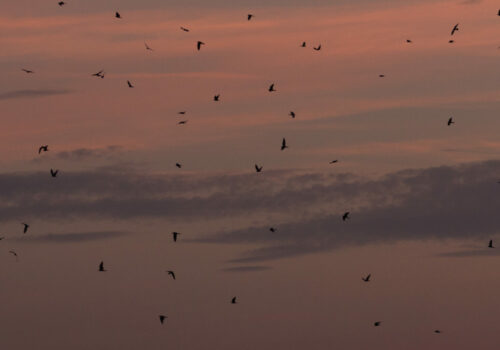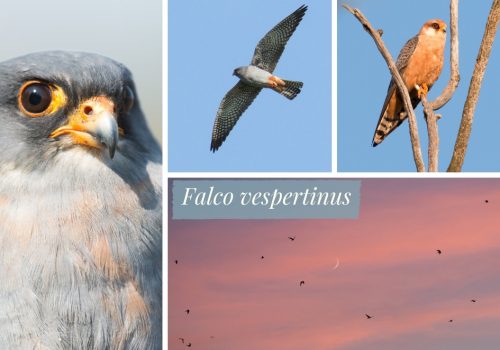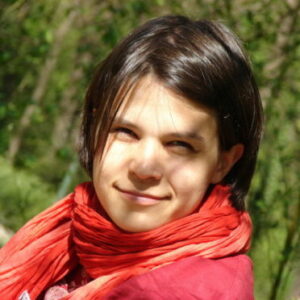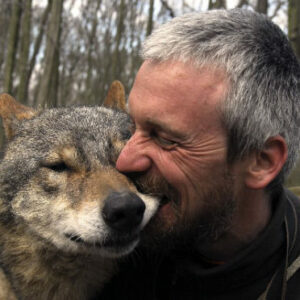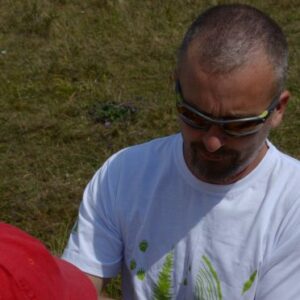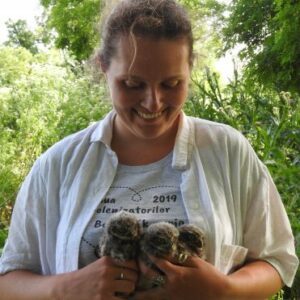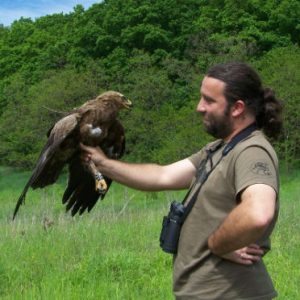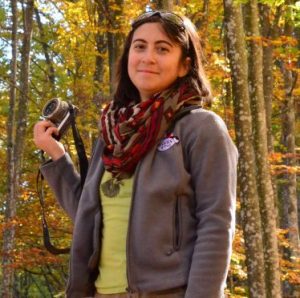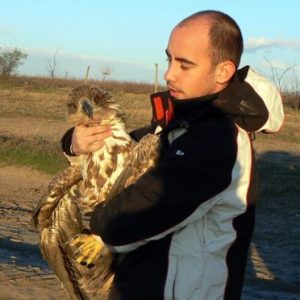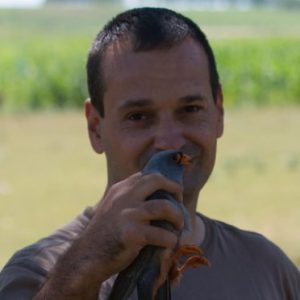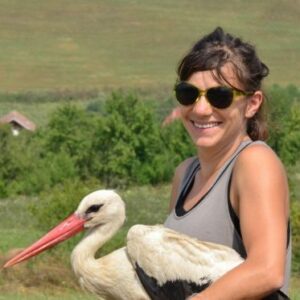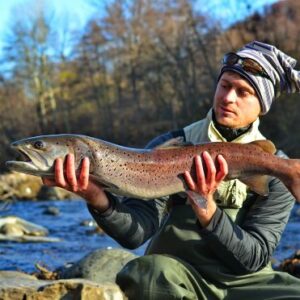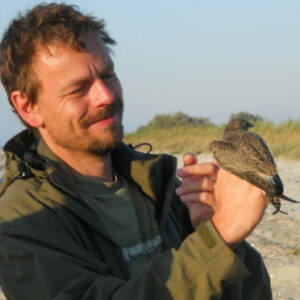One of the most spectacular moments of the autumn period is the gathering of Red-footed Falcons. For 14 years now, we have been conducting Red-footed Falcon counts on roosting sites. Every week from mid-August until the first week of October synchronous observations are made in the Romanian, Hungarian and Serbian Red-footed Falcon roosting sites. This year observations have been made just in three sites in western Romania, two in Arad and one in Timiș County.
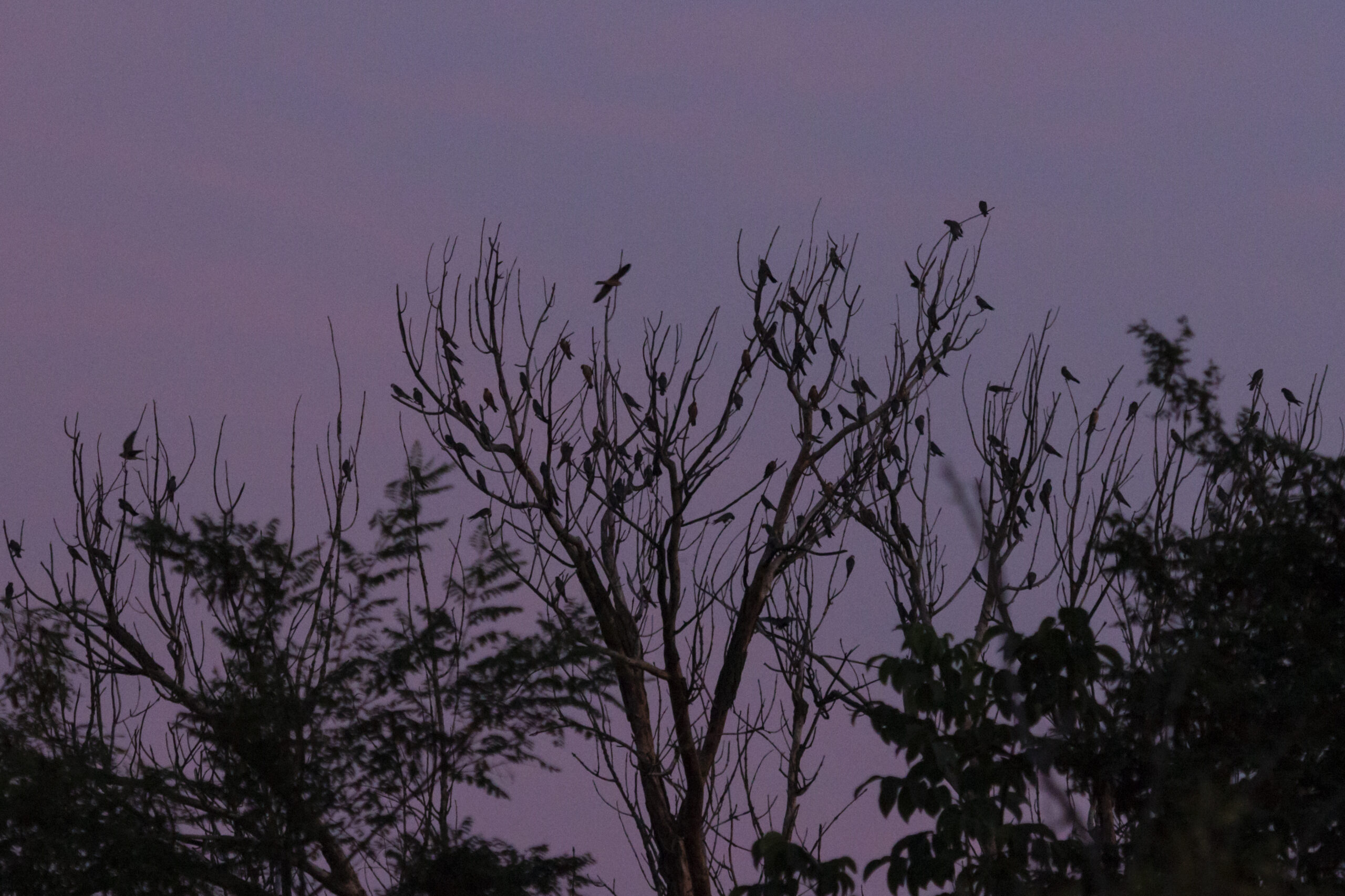
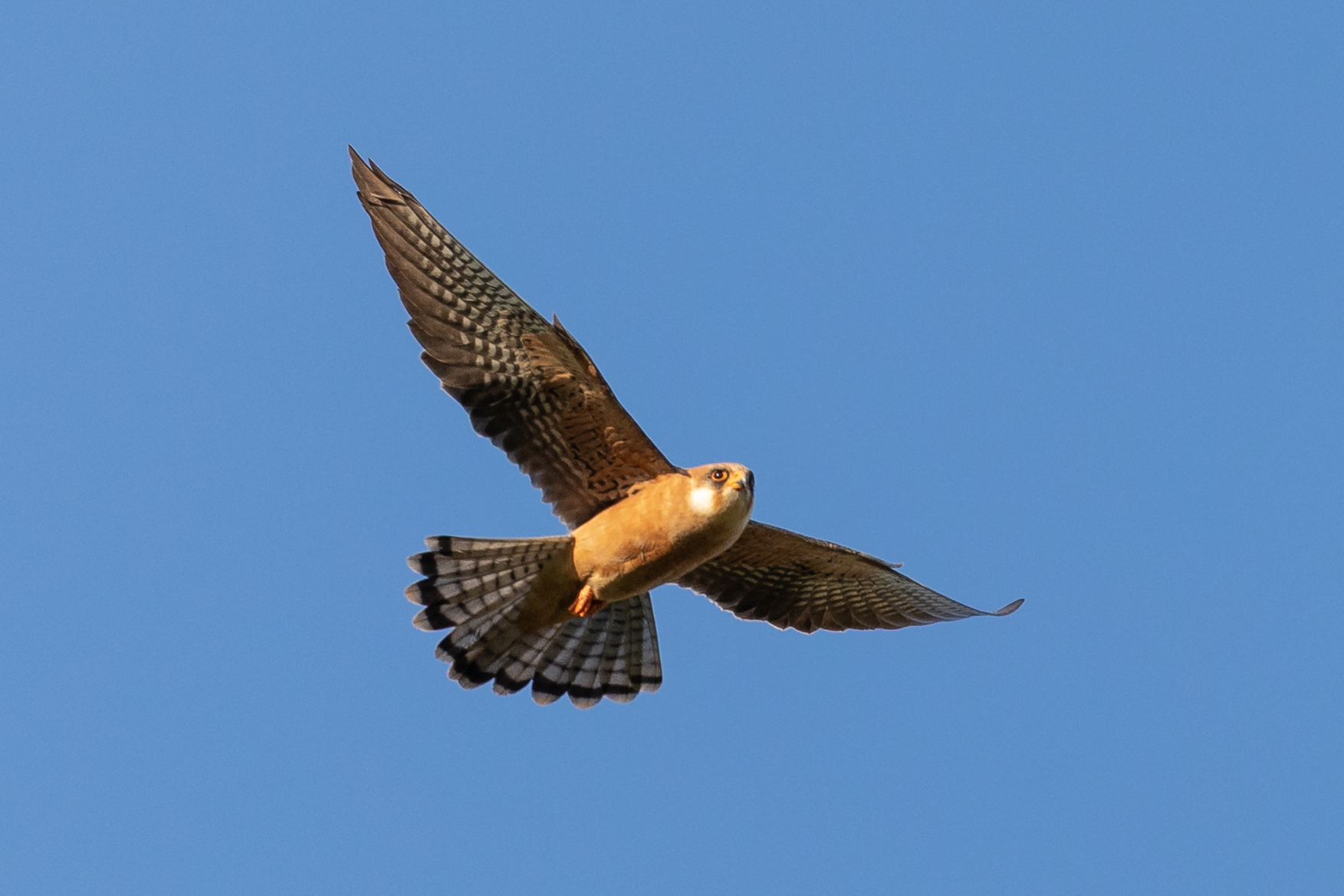

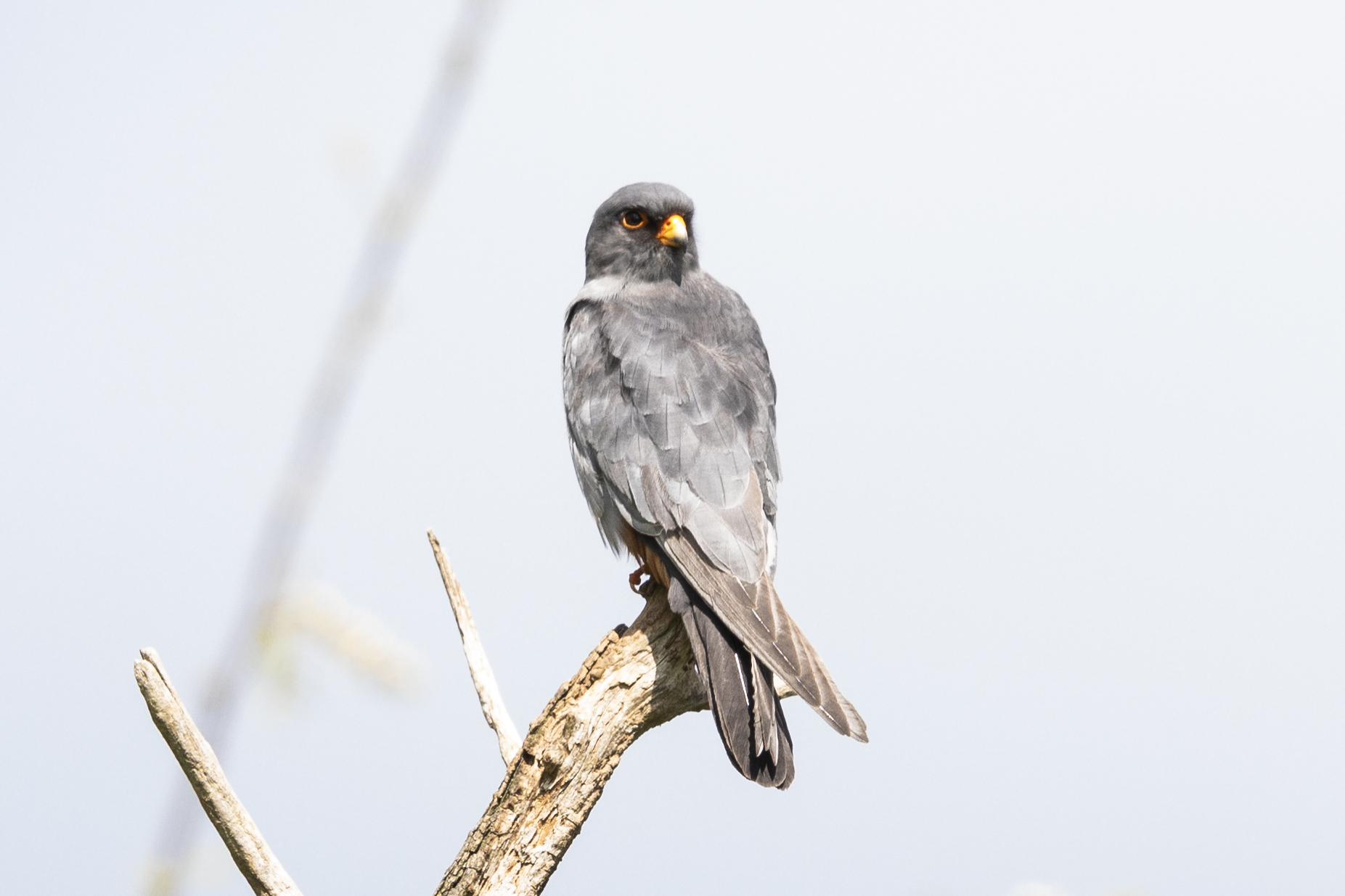
This happened for several reasons. One of the reasons was this year’s extreme drought. Although the Red-footed Falcons traditionally return to the usual roosting places year after year, if there is no suitable food supply in the area, they search for another gathering site where there is an abundant food source.
In the first half of the gathering period (in August and early September), a severe drought was characteristic of the entire Romanian Plain, as a result of which there was little food in the wastelands. As a result of the high temperatures recorded during the summer, the insects on which the Red-footed Falcons usually feed during this period swarmed with a greatly reduced intensity. Along with insects, small mammals (typically Common Vole) are the other main source of food for this species, but the populations of these small mammal are inherently highly variable. For example, in Livada de Bihor in Bihor County, the very weak production of field voles was already noticeable during the breeding season, which only got worse in the late summer and early autumn period. The consequence of this was that, unlike previous years, no gathering place for Red-footed Falcon cells was formed here.
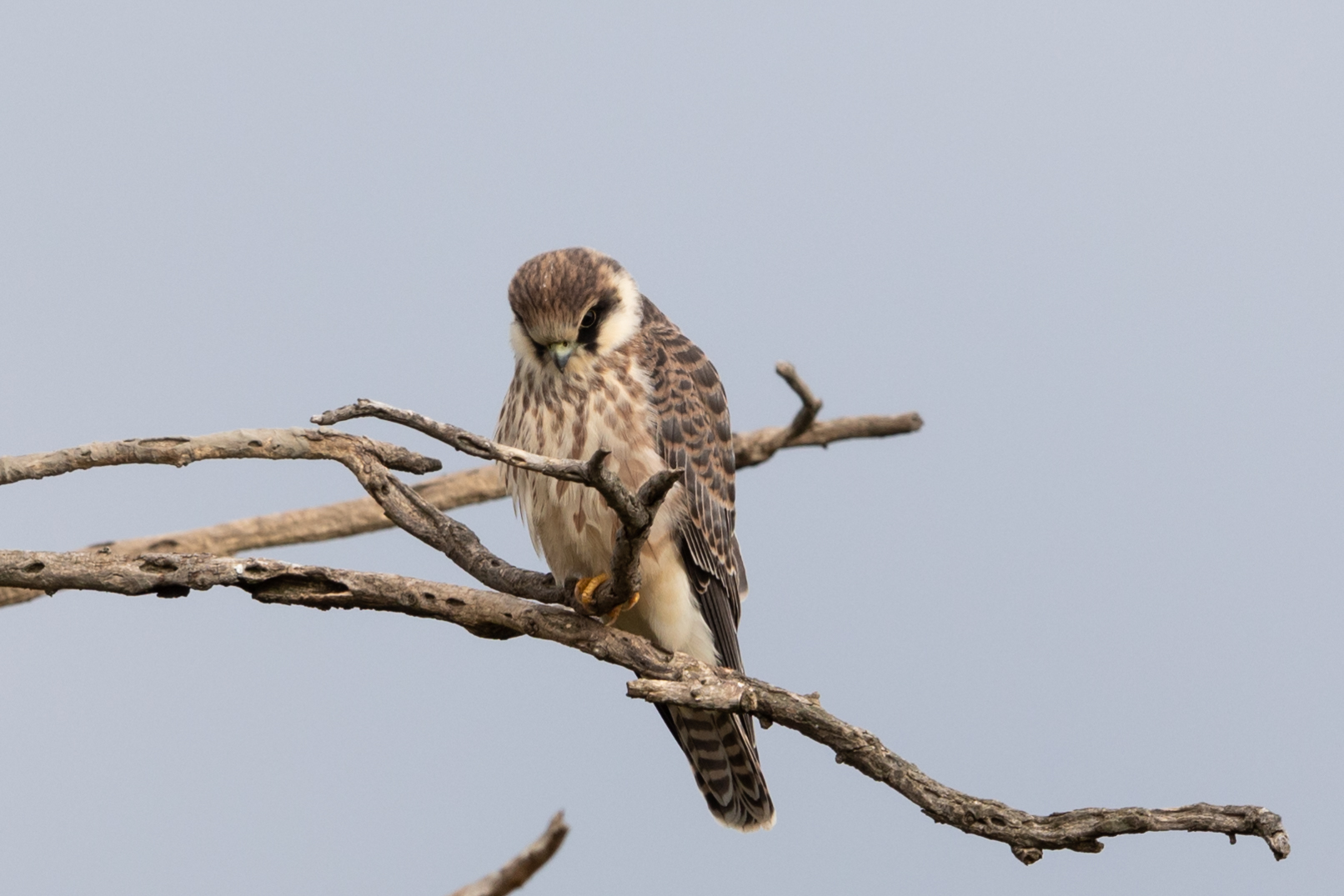
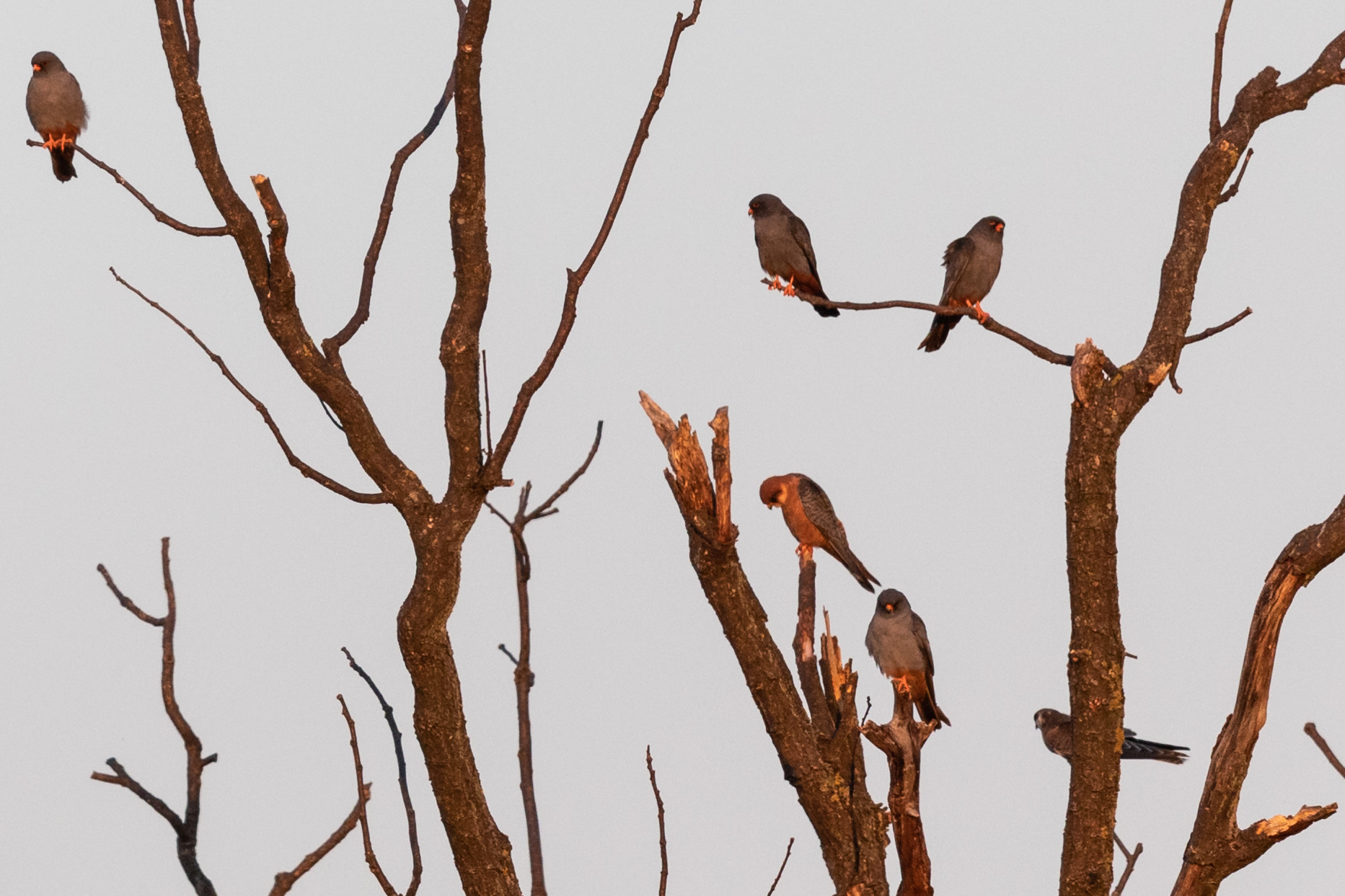
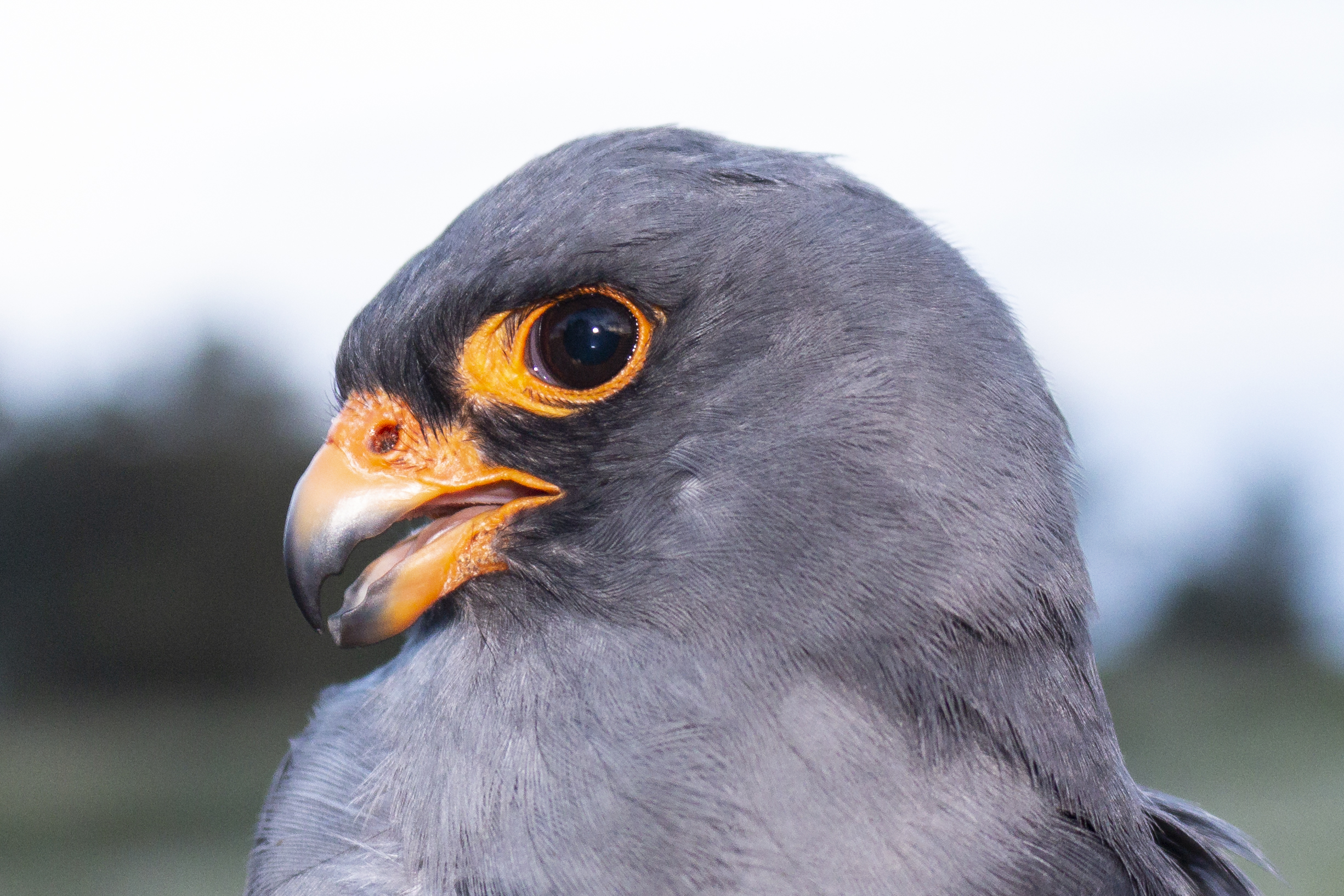
Another reason is the destruction of gathering places. This happened, for example, several years ago in Variaș (Timiș County) . In 2015, 66 poplars were cut down by the authorities and only seven were kept. Starting with the fall of 2015, the falcons stopped gathering here. Since then, some of them reunited on the trees they found a few kilometers away, on the outskirts of the village. This new site, however, is much more disturbed as the trees are near the local farms. Thus, the number of falcons decreased dramatically.
Due to the reasons mentioned above, the birds have certainly moved from several classic gathering places to the neighbouring areas of Vojvodina.
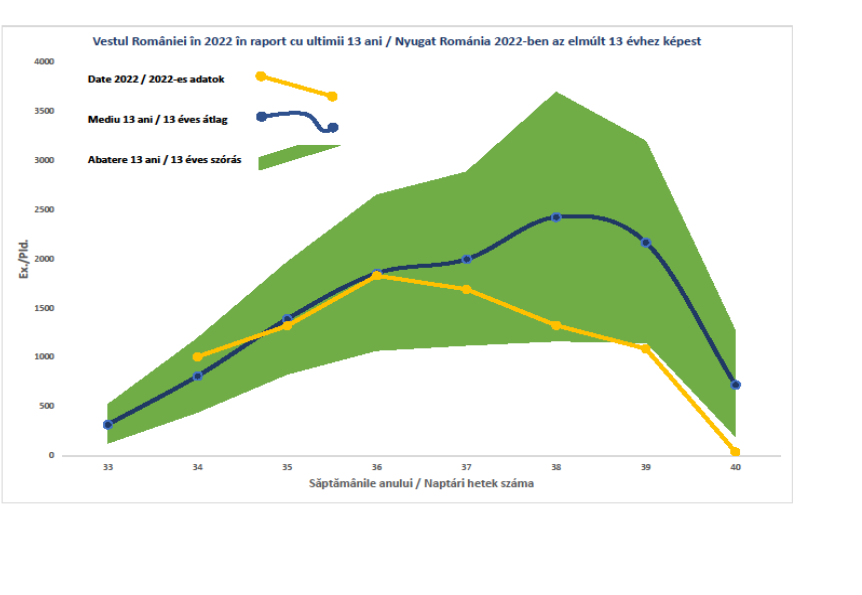
The decrease in the number of congregating Red-footed Falcons strengthens our determination to place greater emphasis on the search for possible, as yet unknown, gathering places in western Romania. In this way, we will have a more accurate picture of the numerical development of migrating flocks in the future. Also, we will be able to implement specific protection measures in these habitats of strategic importance for the conservation of this species.

